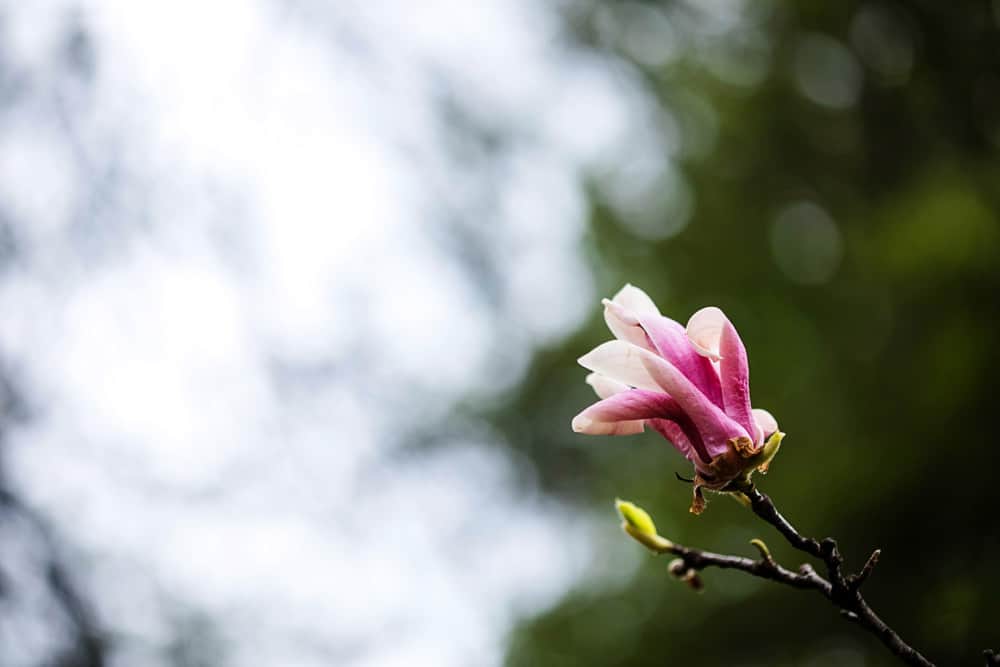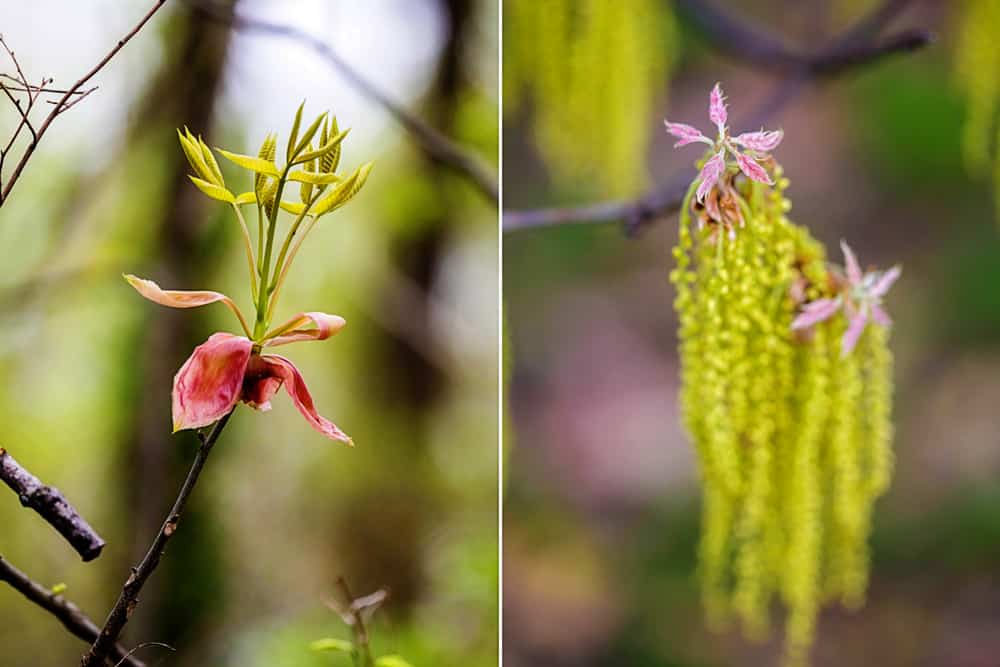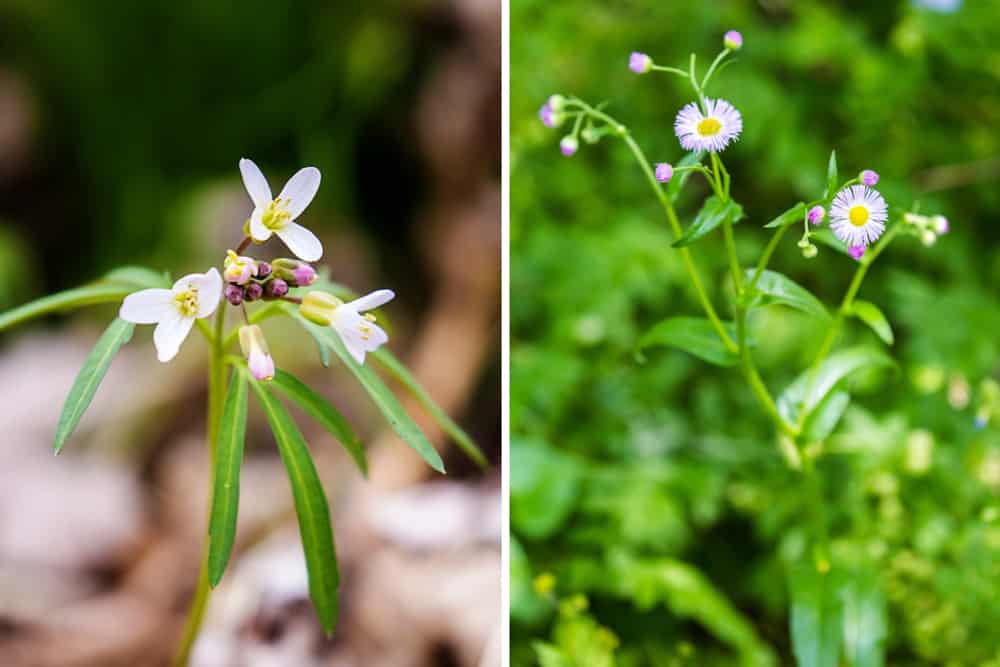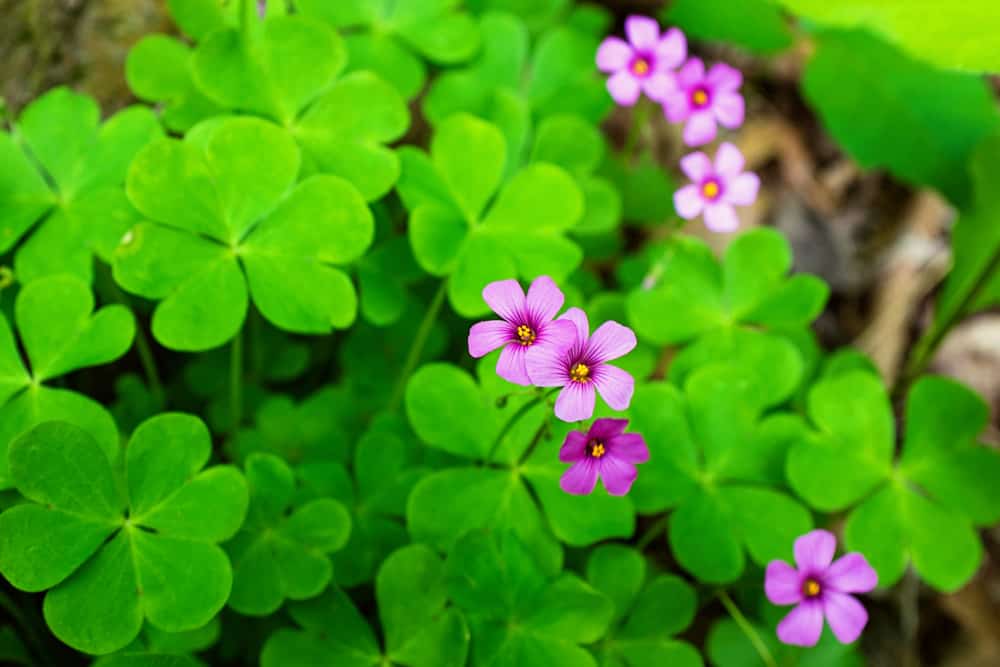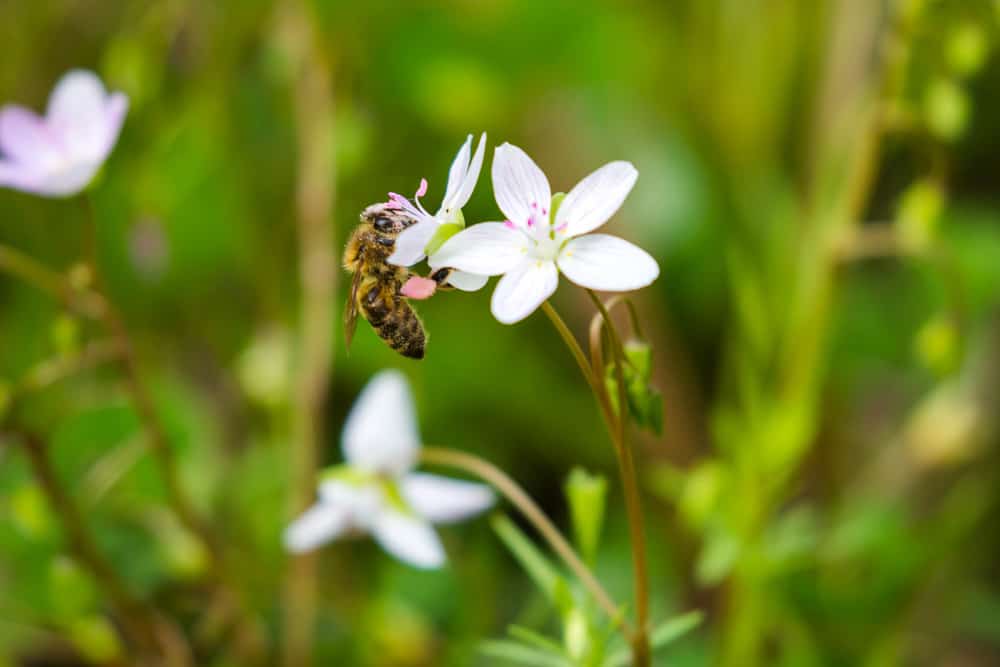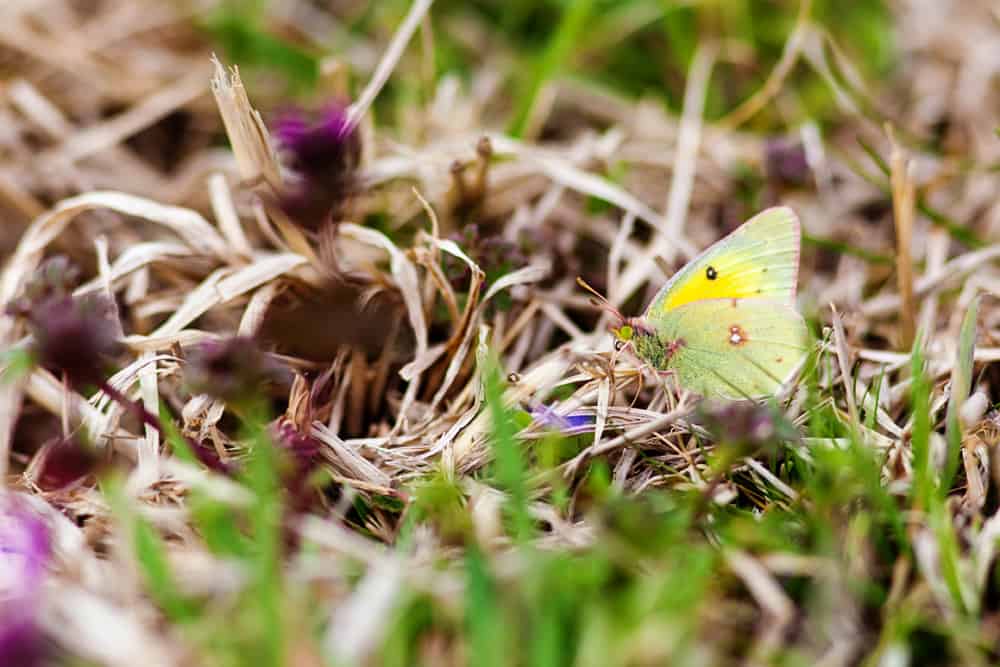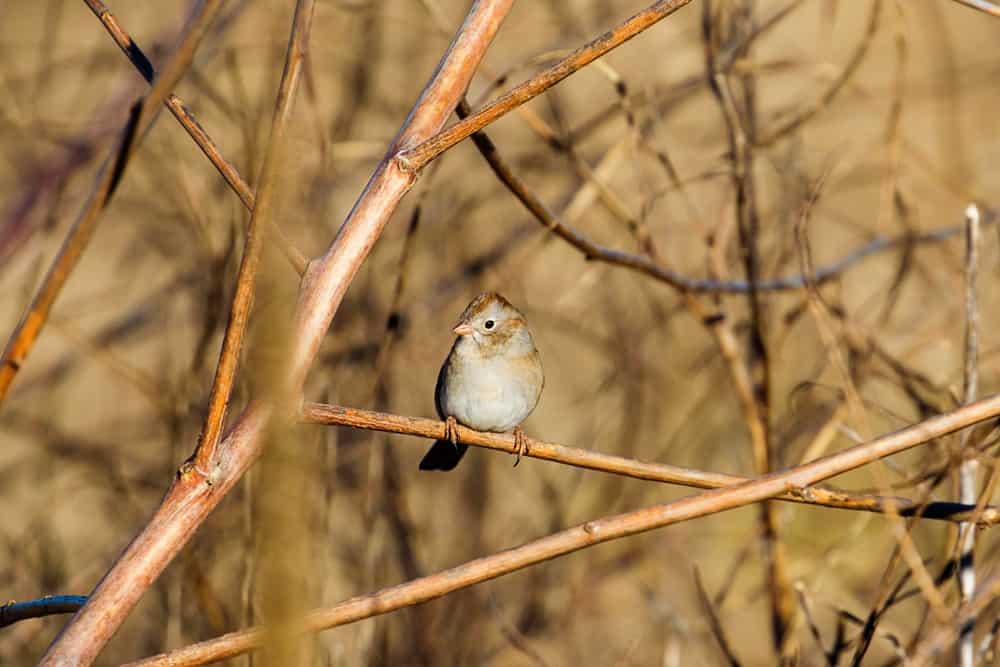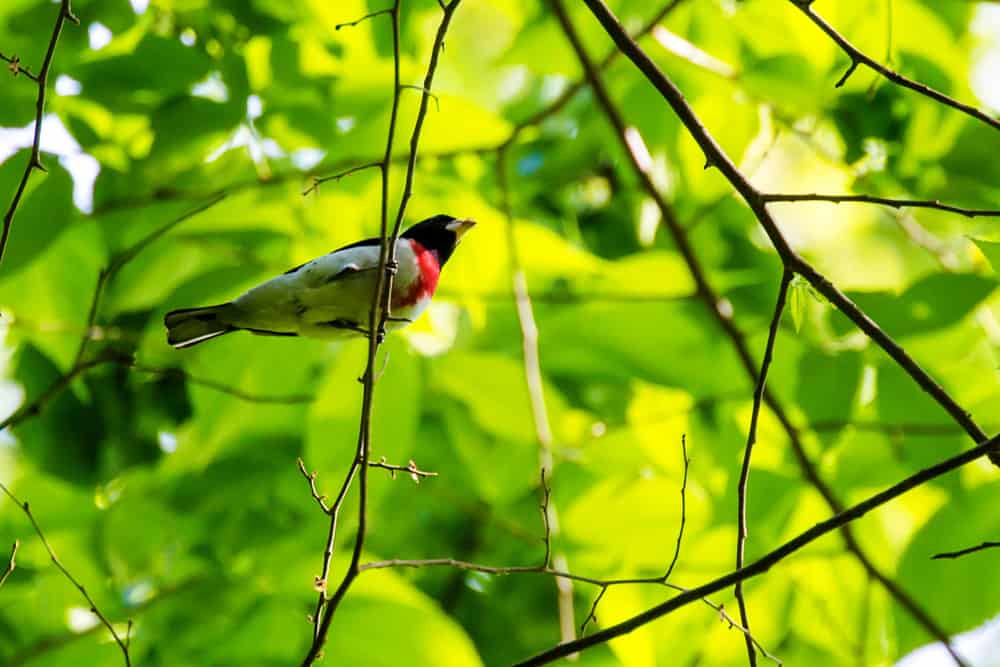NatureZen: Rose-Colored Glasses
Words and photos by Melissa McMasters
One of the great joys of spending years getting to know the same patch of land is developing a familiarity with the way it changes with the seasons. I know that I’ll usually hear the first “fizz” calls in the Old Forest from the blue-gray gnatcatcher near the end of March. I know that spring usually brings nomad bees that look like wasps, and fall is heavier on shiny sweat bees that look like ants. I know that like clockwork, I will get lost on the trails when the leaves first appear in spring and again when they drop in the fall.
Getting to know these rhythms has made me conscious of the things I’ll only be able to see for a few days or weeks each year, and thus made me more appreciative of them. Perhaps if I didn’t know that I could only hear the black-throated green warbler singing for a few weeks, I’d give in more often to my pollen allergies and stay inside! But I would miss so many of the things that make this season special. Today I want to highlight one thing that’s particular to spring in the park: the presence of the color pink.
Pink is a color you can see here and there throughout the year, but never as vividly or in as many places as in the spring. You see it most immediately in the trees, like the blossoms of the Eastern redbud.
I look forward to seeing the saucer magnolias in the formal gardens every year. This was a tough season for them, though; we had a hard freeze right as the blooms were becoming their showiest. I was able to find this one before it turned totally brown, and it looks wistful for the spring that might have been.
Pink also briefly appears with the emergence of leaves that will soon take on a different hue. The sheath which had contained the new leaves of the red buckeye (left) looks like a pink bow used to wrap this botanical gift. On the right, you see that an emerging oak leaf, which will soon be green, begins its journey in delicate pink. (The pollen exposure incurred to get this photo was a sacrifice!)
On this black cherry tree, it’s the stems that offer a subtle glimpse of pink.
Of course, you can also look down and see plenty of pink. The first forest wildflower we see in the spring, cutleaf toothwort, begins with pinkish buds before opening into flowers that are mostly white. As March bloomers, the toothworts have already faded, having nourished many a cellophane bee before going dormant for another year. A plant we’re seeing now, Philadelphia fleabane, also starts out pink and matures into primarily white flowers. These plants are often decried as weeds in a lawn, but they’re a wonderful native pollinator plant. You’ll be surprised by all the beautiful insects you’ll find if you let these flourish during their short season.
Also blooming right now is wild geranium, a woodland plant native to the Eastern United States. You’ll find small patches scattered throughout the Old Forest.
Every now and then, particularly in years where the soil is especially moist, I’ll see pink-sorrel during a walk in the woods. This clover is native to South America but has been introduced through much of the world, where it’s often considered a weed. It doesn’t seem to have taken over our forest too aggressively, so I don’t feel too guilty for admiring its pretty blooms.
You can find pink in our pollinators too! Spring beauty is another early bloomer that prefers more open areas like the East Parkway picnic area or the lawn beneath the cherry trees west of Brooks Museum. Its pollen granules are pink, so bees like this Western honey bee look like they’ve put on tutus when they stash the grains in their pollen baskets!
Sulphur butterflies also often feature some pink, especially on the wing fringes. This orange sulphur also has pink fuzz on its back, and pink legs! The pink is usually more pronounced when the butterflies are freshly emerged. This individual is one of the first butterflies I saw this spring.
Finally, you can also find pink among the birds, albeit in some subtle ways! The field sparrow, which is a common bird at Shelby Farms Park because of its variety of open habitat, is distinguished from our other local sparrows in part by its pink bill. (Most of the other common sparrows here at this time have grayer bills.)
And who could forget the rose-breasted grosbeak, one of our most beautiful migrants? These lovely birds will begin passing through the forest this week, making their squeaky-sneaker calls and loading up on berries and insects on their way north to breed.
It’s only spring for a few glorious weeks here in Memphis, and then we begin our long, humid summer slog. We hope you have the chance to get into the park and see what ephemeral treasures you can find!


